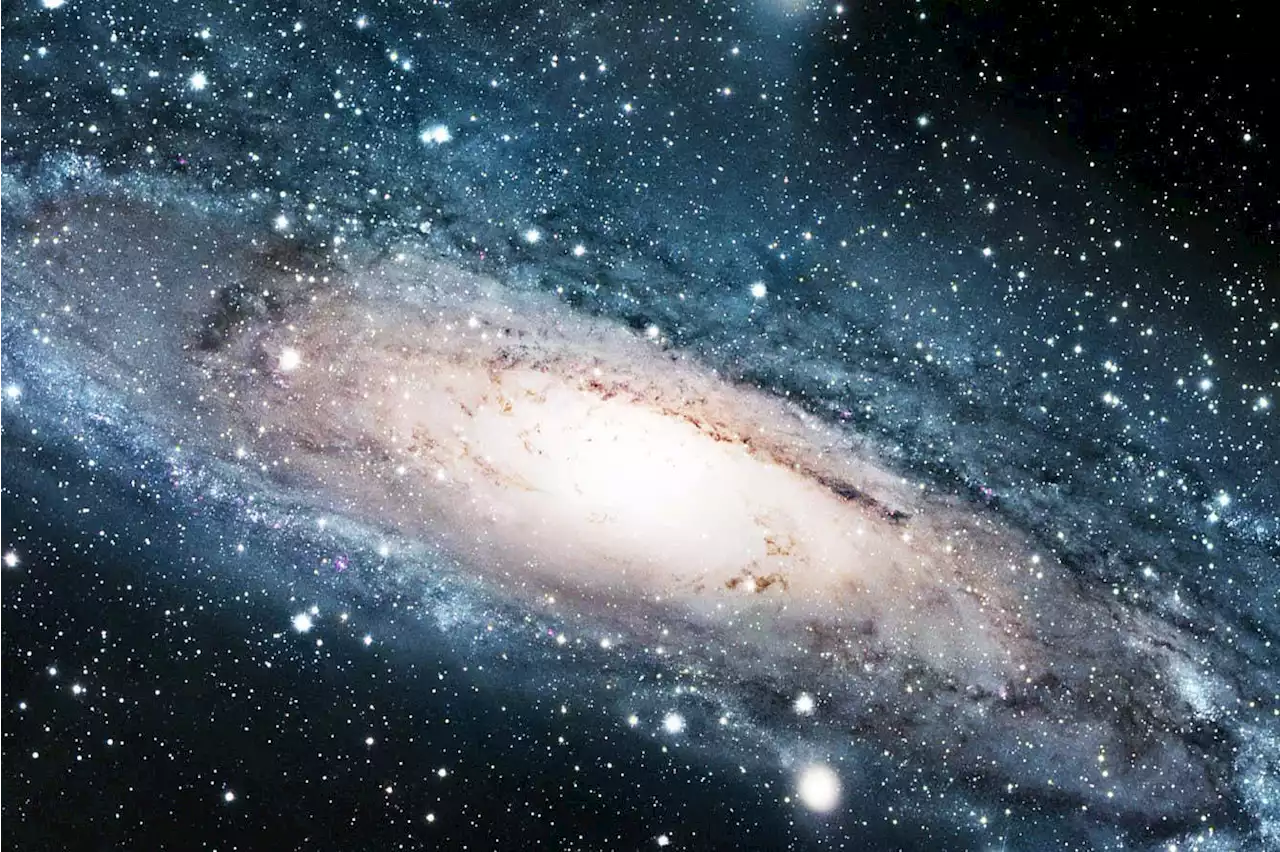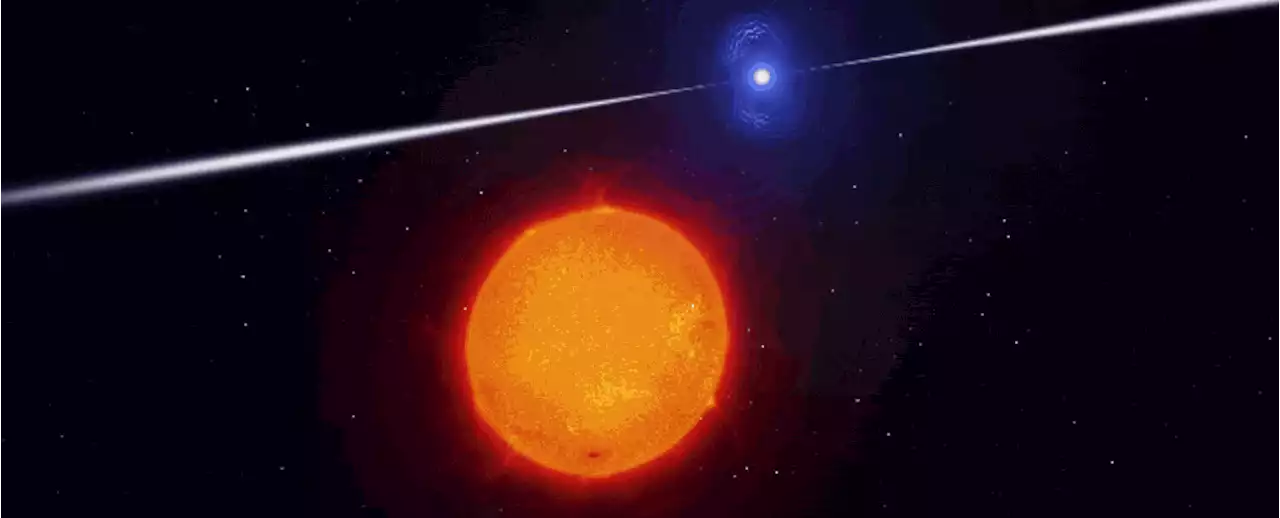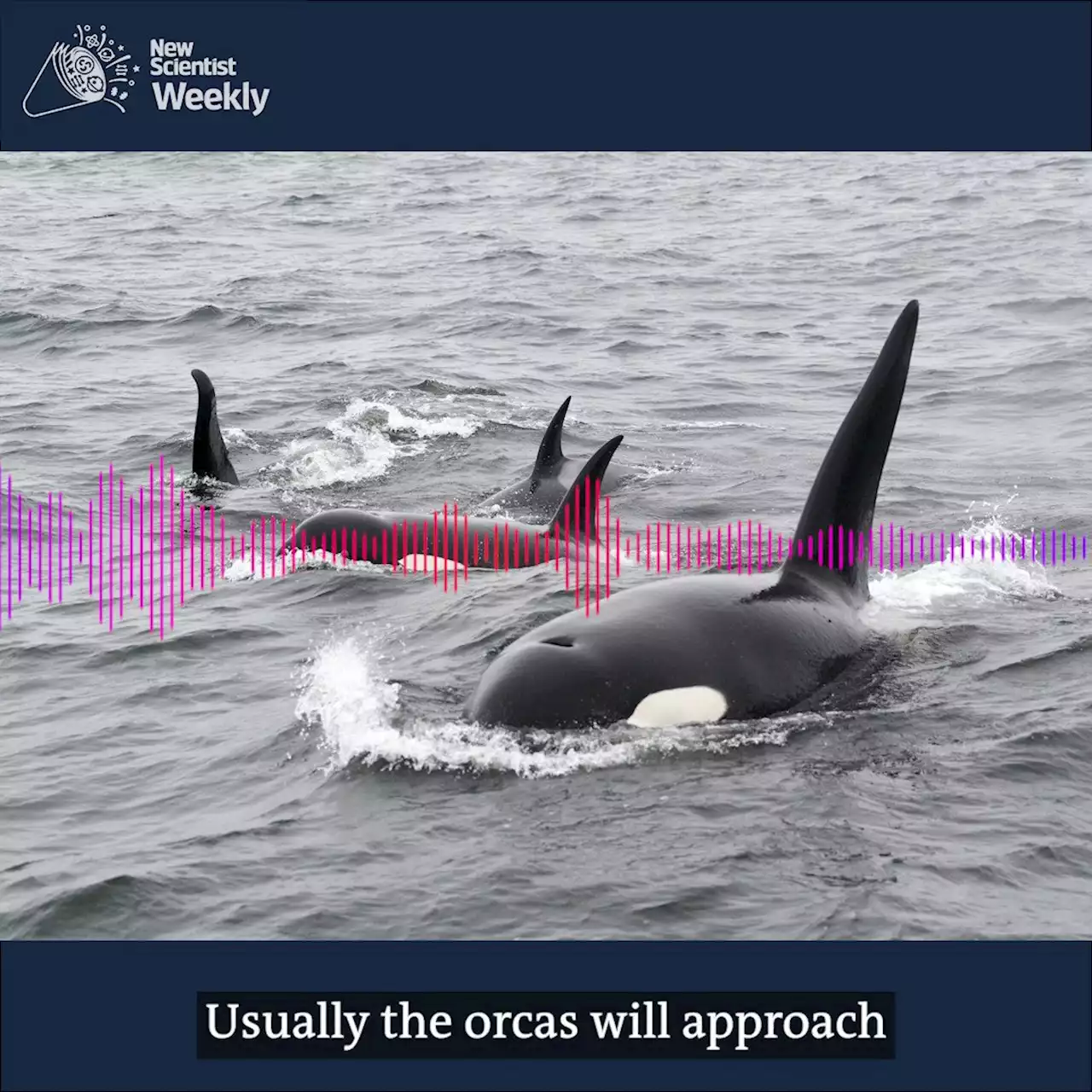One of the oldest known objects in the universe is wandering around the Milky Way.
Star cluster M92, a densely packed ball of stars roughly 27,000 light-years from Earth,, researchers report in a paper submitted June 3 to arXiv.org. The newly refined age estimate makes this clump of stars nearly the same age as the universe.
The age is “on the edge of the age of the universe, as estimated by other groups,” says astronomer Martin Ying of Dartmouth College. “It helps us set the lower bound of the age of the universe. We don’t expect M92 to be born before the universe, right?” . Stars that are born at different masses have different fates: The big ones use up their fuel quickly and die young, and the small ones linger. Figuring out how many of the cluster’s stars have aged out of the main parts of their fuel-burning years gives a sense of when the whole cluster was born.
México Últimas Noticias, México Titulares
Similar News:También puedes leer noticias similares a ésta que hemos recopilado de otras fuentes de noticias.
 The Milky Way could contain thousands of stars from another galaxyWe know there are stars moving fast enough to escape the Milky Way, so the same is probably true of other galaxies. Now, simulations suggest there could be almost 4000 stars from the Andromeda galaxy in the Milky Way today
The Milky Way could contain thousands of stars from another galaxyWe know there are stars moving fast enough to escape the Milky Way, so the same is probably true of other galaxies. Now, simulations suggest there could be almost 4000 stars from the Andromeda galaxy in the Milky Way today
Leer más »
 Alien life may be possible even at the Milky Way's edgesPhosphorus detected far from the Milky Way’s center seems to extend the zone where life could exist in the galaxy by thousands of light-years.
Alien life may be possible even at the Milky Way's edgesPhosphorus detected far from the Milky Way’s center seems to extend the zone where life could exist in the galaxy by thousands of light-years.
Leer más »
 Centre of our galaxy has a 'zone of avoidance' and we don't know whyThe stars that orbit close to the Milky Way's supermassive black hole are already tough to explain – but there also seems to be some stars missing
Centre of our galaxy has a 'zone of avoidance' and we don't know whyThe stars that orbit close to the Milky Way's supermassive black hole are already tough to explain – but there also seems to be some stars missing
Leer más »
 We Just Found One of The Rarest Stars in The GalaxyA newly discovered star just 773 light-years away belongs to one of the rarest categories in the Milky Way.
We Just Found One of The Rarest Stars in The GalaxyA newly discovered star just 773 light-years away belongs to one of the rarest categories in the Milky Way.
Leer más »
 The Milky Way's Supermassive Black Hole had a Burst of Activity 200 Years Ago. We Just Saw the Echo.Our Milky Way's core supermassive black hole woke up about 200 years ago for a snack, creating an X-ray flare that brightened nearby clouds.
The Milky Way's Supermassive Black Hole had a Burst of Activity 200 Years Ago. We Just Saw the Echo.Our Milky Way's core supermassive black hole woke up about 200 years ago for a snack, creating an X-ray flare that brightened nearby clouds.
Leer más »
 #201 The truth behind the orca uprising; Earth enters uncharted territory; genetic treatments for unborn babies.A new therapy is being used to treat a rare genetic disorder in babies, before they’ve even been born. The condition, which only affects boys, leaves them with few teeth, sparse hair and no sweat glands. The team learns about the successes of this groundbreaking technique, which delivers a key protein to the fetus.With extreme marine heatwaves currently hitting the UK and Ireland - and as temperatures climb with the arrival of El Niño - 2023 is shaping up to be the hottest year on record. The team discuss the contribution of climate change to the heat, but end on a glimmer of good news. The orcas are revolting! Or are they really… You may have seen reports of the ‘orca uprising’ on social media, as killer whales have been filmed ‘attacking’ sailboats off the coast of Portugal and Spain. But are these really orchestrated acts of revenge, as some theories suggest?Rogue stars that escaped from the Andromeda galaxy could now be whizzing through our own galaxy - the Milky Way. But how did they get here? The team hears how these super-fast stars may have been slingshotted across the universe. The question is - can we find any of these exiles?During the COP15 biodiversity summit, countries agreed to the 30x30 target - to protect and restore 30% of land and sea on the planet by 2030. It’s been 6 months - so, has anything actually been achieved? Are we on course to reach that target? Rowan speaks to Alex Antonelli, professor of biodiversity and director of science at Kew Gardens in London, who’s also on an advisory group for the Convention on Biological Diversity.On the pod are Rowan Hooper, Christie Taylor, Madeleine Cuff, Clare Wilson and Corryn Wetzel. To read about these subjects and much more, you can subscribe to New Scientist magazine at newscientist.com. Events and links: New Scientist Neanderthals tour: newscientist.com/neanderthalfranceNew Scientist Book Club: https://www.newscientist.com/article-topic/new-scientist-book-club/
#201 The truth behind the orca uprising; Earth enters uncharted territory; genetic treatments for unborn babies.A new therapy is being used to treat a rare genetic disorder in babies, before they’ve even been born. The condition, which only affects boys, leaves them with few teeth, sparse hair and no sweat glands. The team learns about the successes of this groundbreaking technique, which delivers a key protein to the fetus.With extreme marine heatwaves currently hitting the UK and Ireland - and as temperatures climb with the arrival of El Niño - 2023 is shaping up to be the hottest year on record. The team discuss the contribution of climate change to the heat, but end on a glimmer of good news. The orcas are revolting! Or are they really… You may have seen reports of the ‘orca uprising’ on social media, as killer whales have been filmed ‘attacking’ sailboats off the coast of Portugal and Spain. But are these really orchestrated acts of revenge, as some theories suggest?Rogue stars that escaped from the Andromeda galaxy could now be whizzing through our own galaxy - the Milky Way. But how did they get here? The team hears how these super-fast stars may have been slingshotted across the universe. The question is - can we find any of these exiles?During the COP15 biodiversity summit, countries agreed to the 30x30 target - to protect and restore 30% of land and sea on the planet by 2030. It’s been 6 months - so, has anything actually been achieved? Are we on course to reach that target? Rowan speaks to Alex Antonelli, professor of biodiversity and director of science at Kew Gardens in London, who’s also on an advisory group for the Convention on Biological Diversity.On the pod are Rowan Hooper, Christie Taylor, Madeleine Cuff, Clare Wilson and Corryn Wetzel. To read about these subjects and much more, you can subscribe to New Scientist magazine at newscientist.com. Events and links: New Scientist Neanderthals tour: newscientist.com/neanderthalfranceNew Scientist Book Club: https://www.newscientist.com/article-topic/new-scientist-book-club/
Leer más »
